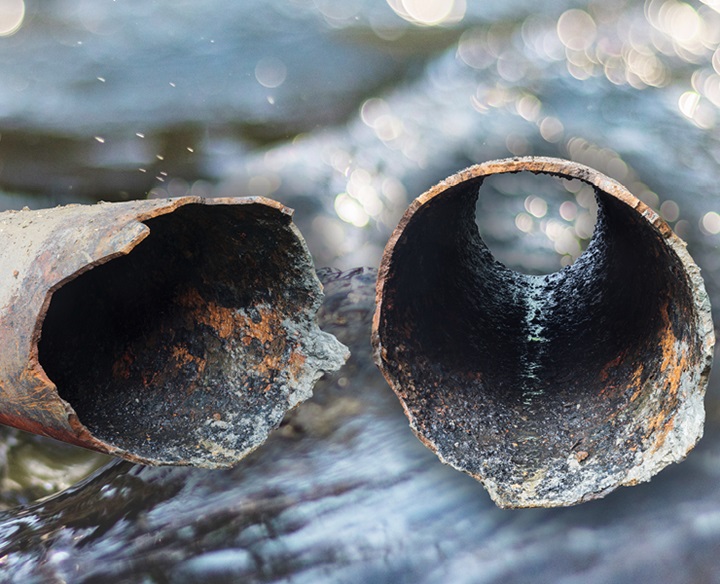
AVK Control Valves
Reducing water loss, optimising water supply management
Water is a threatened resource. We have a responsibility to protect and secure water for the next generations and a growing population. AVK control valves help toward reducing water loss and, by maintaining a certain pressure, flow or level, contribute to efficient water supply management regardless of changes in the supply network.
Consequences of water loss
For water utilities, 'non-revenue water' is water that has been produced but “lost” before it reaches the customer because of leaks, theft or metering inaccuracies and is a source of unwanted cost.
From an environmental perspective, the significant amounts of precious water that are lost, and the energy used to treat and distribute the water lost is also wasted.
So how can control valves help?
Automatic control valves are used to obtain efficient flow management and pressure resulting in reduced:
- water loss through leakages
- risk of water hammer and pipe bursts
- disruption to consumers
- Minimized risk of contamination
- and increased savings for water companies
Main Features - AVK control valves
The safe choice, offering accurate regulation, easy maintenance as well as long durability:
- All non-coated metal parts of stainless steel AISI 316 as standard.
- Fusion bonded epoxy coating (300 micron) - GSK approved.
- AVK's own, drinking water approved, rubber compounds
- Modular pilot system to enable easy fitting to other applications without replacing the valve.
- Independent adjustment of the opening and closing speed for full control.
- Parabolic plug design to provide precise regulation and stability at low flow.
- Large diaphragm to secure fast reaction to minor changes in pressure.
- Lifted seat to prevent damage caused by cavitation inside the valve body.
- AVK design, manufacture and 100% pressure test.
Pressure Control - reduce or sustain:-

Pressure reducing control valves.
A pressure reducing control valve will automatically reduce a higher inlet pressure to a lower outlet pressure - regardless of changes in flow rate or inlet pressure.
The pressure reducing pilot senses the outlet pressure through the connection on the valve outlet port. Under flowing conditions the pressure reducing pilot reacts to small changes in the outlet pressure and controls the valve position by modulating the pressure in the control chamber. When the outlet pressure changes according to the set-value of the pilot, the pilot modulates and ensures pressure control.
Example: The pressure is 7-8 bar, appropriate to supply the consumers in area A but too high for the consumers in area B. Solution - a pressure reducing control valve is installed to reduce the pressure to 3 bar in area B.
Pressure sustaining/relief control valve.
A pressure sustaining control valve automatically maintains a minimum pre-set inlet pressure by relieving excess pressure regardless of changes in flow rate.
The pressure sustaining pilot reacts to small changes in the inlet pressure, controlling the valve position. Should the inlet pressure falls below the set point the main valve closes or modulates to ensure a minimum inlet pressure. The sustaining valve will hold a minimum back pressure on the inlet and normally allows flow. The relief valve normally remains closed only opening when pressure exceeds a pre-determined set point.
Example: When the water reservoir fills the pressure drops leaving the consumers without water. Solution - a pressure sustaining control valve is installed to maintain the pressure for the consumers.
Click here to see our full range of Control Valves, and if you can't see the one you are looking for download the PDF, mentioned below, and let us help you.
Simply download the interactive and writable PDF here and complete with your valve requirements - Save and email to Anthony Whittam.










